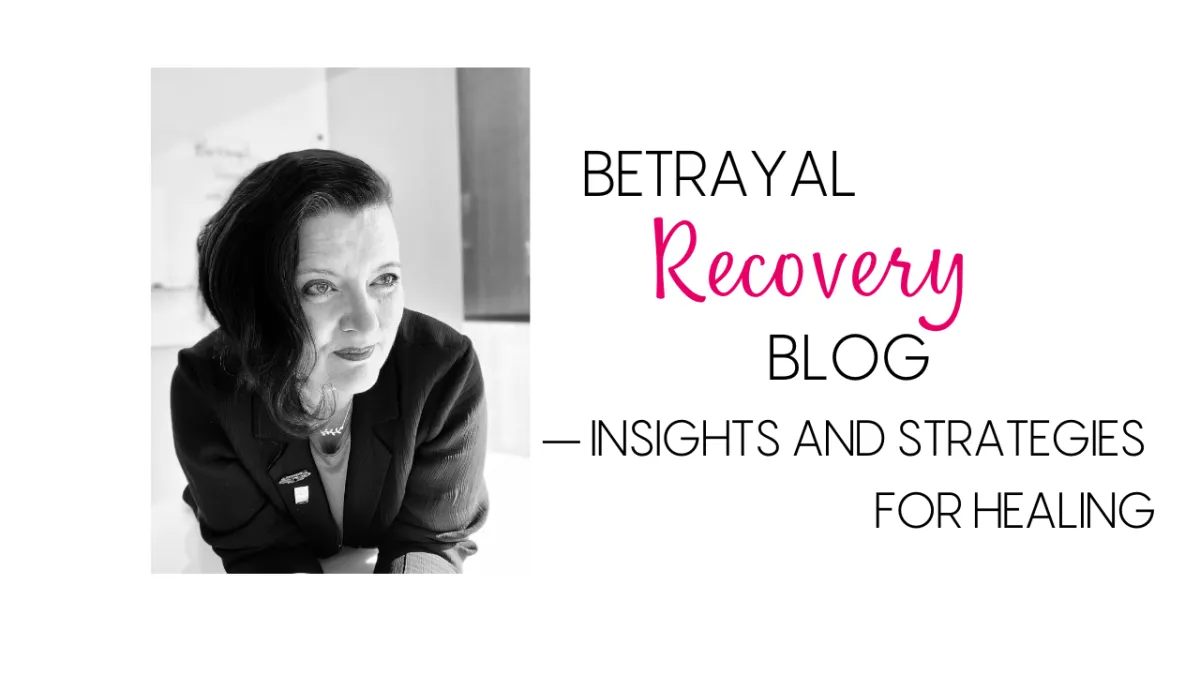
Expert Insights on Betrayal Recovery and Healing:
Blogs by Vanessa Cardenas
In-depth Articles on Healing, Communication, and Personal Growth.

Hug a Cactus to Heal from Betrayal, Leading Betrayal Specialist explains
By Vanessa Cardenas, Betrayal Recovery Specialist
Serving Westchester, NYC, and the Surrounding Region in person, worldwide via Zoom
Betrayal can be one of the most devastating experiences in a relationship. Whether it's infidelity, lying, or breaking a vow, the hurt caused by betrayal can be long-lasting and very difficult to overcome. For those who have betrayed their partners, seeking forgiveness can seem like an impossible task. However, there is a concept that can help guide them through this difficult process: "hugging the cactus."
What Does It Mean to "Hug the Cactus"?
The idea of "hugging the cactus" comes from Dr. Harriet Lerner's book, The Dance of Anger. In the context of asking for forgiveness, it means being willing to face the pain and discomfort caused by your actions, rather than avoiding or minimizing it. It requires taking full responsibility for your behavior and expressing genuine remorse and empathy for the hurt you have caused. It's a difficult but necessary step toward repairing the damage done.
Why Is "Hugging the Cactus" Important?
When you've betrayed someone you love, it's natural to want to avoid the pain and discomfort of facing the consequences of your actions. However, doing so can make things worse in the long run. By avoiding or minimizing the hurt caused by your actions, you're not taking responsibility for them, which can damage your relationship further. Additionally, avoiding the pain caused by your actions can prevent you from truly understanding the impact of your behavior on your partner, which can make it harder to make amends.
How Can You "Hug the Cactus"?
"Hugging the cactus" requires vulnerability, humility, and a deep commitment to repairing the damage that has been done. Here are some steps you can take to start the process:
Take Responsibility
Acknowledge the hurt you have caused and take full responsibility for your actions. Don't make excuses or minimize the impact of your behavior.
Express Remorse
Show genuine remorse for the pain you have caused. This means not only apologizing but also expressing empathy for your partner's feelings and acknowledging the damage that has been done.
Make Amends
Take concrete steps to repair the damage that has been done. This could include counseling, making lifestyle changes, or making up for broken promises.
Be Patient
Repairing the damage caused by betrayal takes time, and it may not be easy. Be patient, persistent, and willing to seek help from professionals.
The Symbolism of the Cactus
Since "hugging the cactus" is an approach that can guide those who have betrayed their partners toward healing and transformation, I encourage my clients to purchase a cactus as a visual reminder. It requires vulnerability, patience, and a deep commitment to repairing the damage that has been done. By taking responsibility, expressing remorse, making amends, and being patient, those who have betrayed their partners can begin the difficult but necessary process of repairing their relationships.
References
Lerner, H. (1985). The Dance of Anger: A Woman's Guide to Changing the Patterns of Intimate Relationships. HarperCollins.
Gordon, K. C., Baucom, D. H., & Snyder, D. K. (2004). An Integrative Intervention for Promoting Recovery From Extramarital Affairs. Journal of Marital and Family Therapy, 30(2), 213-231.
Next one: Forgiveness as a Healing Process: Healing the Pain of Betrayal and Rebuilding Bonds
Subscribe for More Insights:
If you found this article insightful and would like to receive similar content delivered directly to your email, please subscribe to our newsletter. Stay updated with the latest information, tips, and strategies for managing life's transitions. Don't miss out on valuable insights that can empower you to make the best decisions for your future. Join our community today, and let's navigate these challenges together. Subscribe now!



© Copyright 2017-2024. Understanding Ear LLC. All rights reserved.

